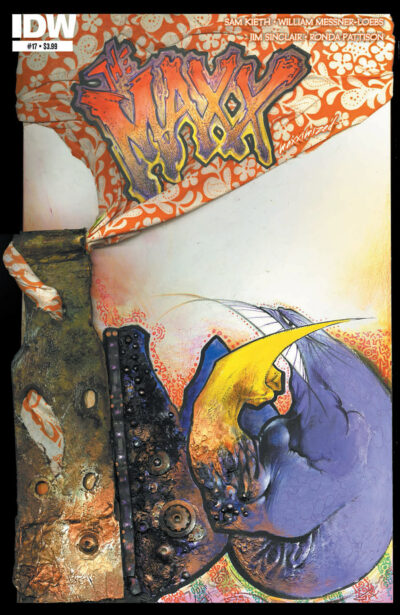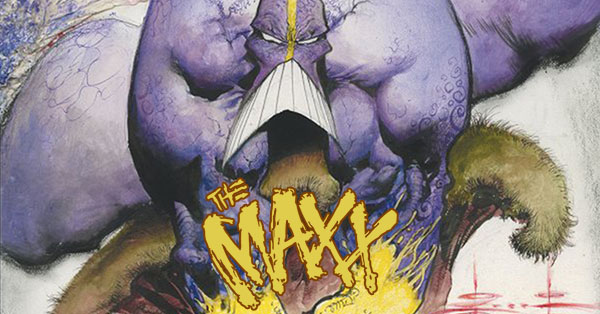It’s time to bring the first ever Crushing Comics Indie Comics Month to a close! This month I’ve already added 15 new guides to the Crushing Comics Guide to Collecting Indie & Licensed Comics. This final guide of the month is for one of my favorite series, one that changed what I expected from comics (and, in a way, what I wanted from life). It also arrives exactly when I always wanted it to – to mark the 30th Anniversary of the debut of this title! I’m incredibly happy to share with everyone my Guide to The Maxx by Sam Kieth.
Guide to The Maxx by Sam Kieth
I never planned to have an Indie Comic Month on Crushing Krisis.
My original plan was to begin the expansion of my Guide to Collecting Indie & Licensed Comics for my birthday back in September. I always like to spend a little me-time on a special project as a celebration of a new year of life. 2022 marked the 30th anniversary of the launch of Image Comics, and as of September I would have had to launch five guides to get caught up with celebrating the individual series anniversaries that had already passed. Then, I could roll out more Image Comics guides at a pace of one or two per month as new anniversaries arrived, plus expand to other, more-recent indie books I love.
Then, just as I was starting to build the initial Image guides, life happened… in the worst possible way.
I’ve largely lived a charmed existence with comparatively few low points along the way. I’ve lost one dear friend and had to preside over one excruciating layoff, but beyond that there’s just not that much hardship or tragedy in my adult life. Being a kid sucked by comparison – starting in poverty and detouring through bullying before I met my BFF Gina and the rest of a tribe of people who allowed me to finally, gradually become myself.
I picked up my first issue of The Maxx shortly before I met Gina, two years before it hit MTV as an animated show. It was weird and somewhat hard to follow, but I liked it. It was telling a deeper, more mature story than most of the other comics I was buying every month – certainly more than any of the other Image launch books. Who was this muscular purple man with his weird buck-toothed mask? What was the secret of mysterious Outback he roamed?
I loved the comic, but I also loved the letters pages and back matter. I always loved that sort of thing back then. I was the kid who read the TV Guide from cover to cover every week, who endlessly re-organized my GI Joe file cards, and who devoured every letters page. I think I liked them partly because some of the letters were from other kids like me, who obsessed over the small details of storytelling. At that point in my life I hadn’t met that many of those.
The Maxx had more than a letters page – it had a pen pals directory. A directory I was never allowed to take advantage of, per my mother’s ruling. I first wrote about that back in 2006 – long before I was back to collecting comics, and highlighted it again in the series of posts that I wrote to launch my first X-Men guides back in 2010. It was a formative point in my life. In a way, my burning desire to meet the people who listed their addresses on that page is what spurred me to convert my comics budget into a dial-up internet budget back in 1996. I wanted to reach out to a wider world to find more kindred spirits.
That 2006 post begins with this line:
Even before I had the internet I was always interested in connecting to people who I could understand on some intrinsic level.
When we decided to move to New Zealand, it never occurred to me just how many of those intrinsic connections I was giving up by leaving Philadelphia. I never though that it would be not only difficult to build new ones in New Zealand, but seemingly impossible. [Read more…] about New for ALL CK Readers: Guide to The Maxx by Sam Kieth (to end my Indie Comics Month!)




